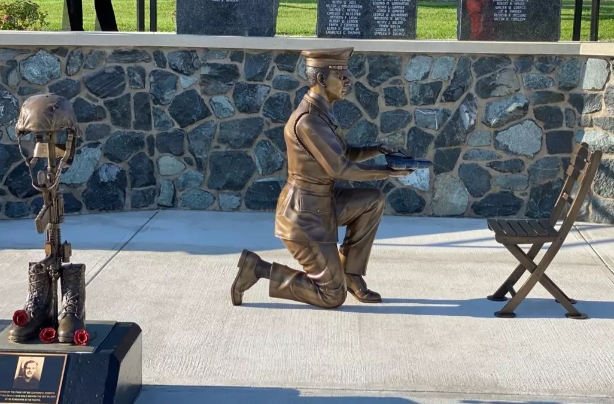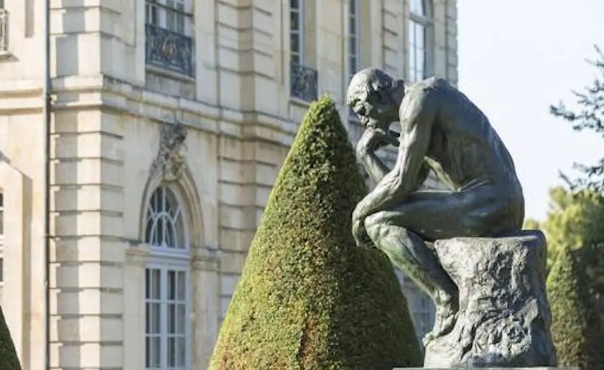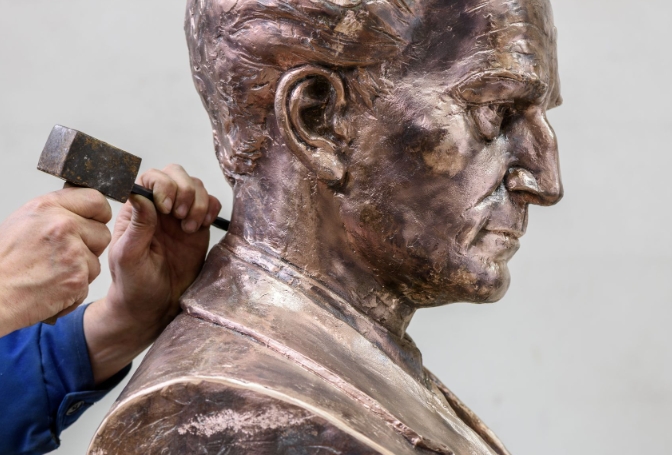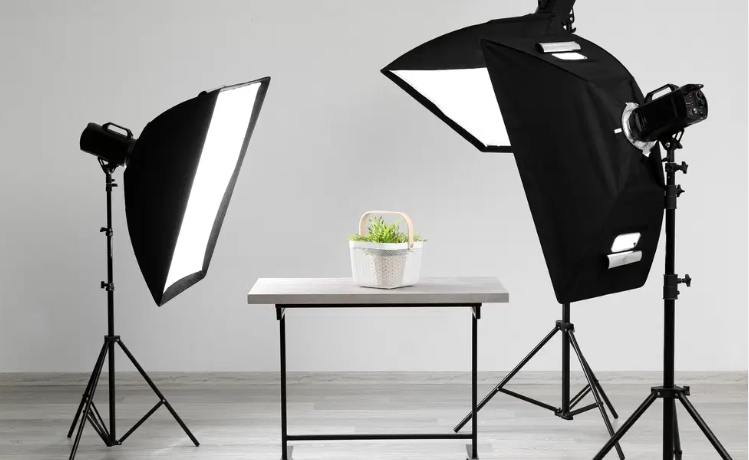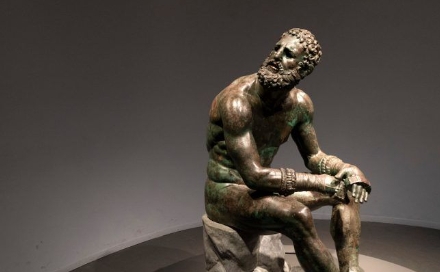Sculpture photography is a unique way of expression that combines art and photography. It captures the details and emotions of sculptures through the lens, giving new life to static works of art. In sculpture photography, life size bronze statues are very popular subjects. These statues are often true reproductions of people, animals or historical scenes. The delicate craftsmanship and realistic proportions allow photographers to show the texture, light and shadow effects of the statues and the artist’s creative intentions from different angles.
Life-size bronze statues not only have artistic aesthetic value, but also are rich photographic materials. The unique color and texture of bronze material will show unique layers and light and shadow effects under the sun or different light sources, adding drama and visual impact to the photographic works. When shooting these statues, photographers can try low angles to highlight the majesty of the statues, or capture details from close range, such as facial expressions, hand textures, etc., to show the exquisite craftsmanship of the statues.
In addition, life-size bronze statues are often placed in museums, squares or public art spaces, so when shooting, you can not only record the statue itself, but also include its surroundings in the picture, making the photo more narrative and spatial. For example, when shooting life-size bronze statues of historical figures in a square, the background buildings and tourist flow can add a historical atmosphere and a sense of life to the statues, showing the presence of sculptures in modern life.
For sculpture photography enthusiasts, shooting life-size bronze statues is not only an art appreciation, but also a visual challenge. How to use light, composition and angle to express the spiritual connotation and craftsmanship details of the statue is the key to every photographer’s creation. In general, sculpture photography is a creative form that integrates art, history and photography, allowing the audience to feel the emotions and stories of the sculptures through the lens.
